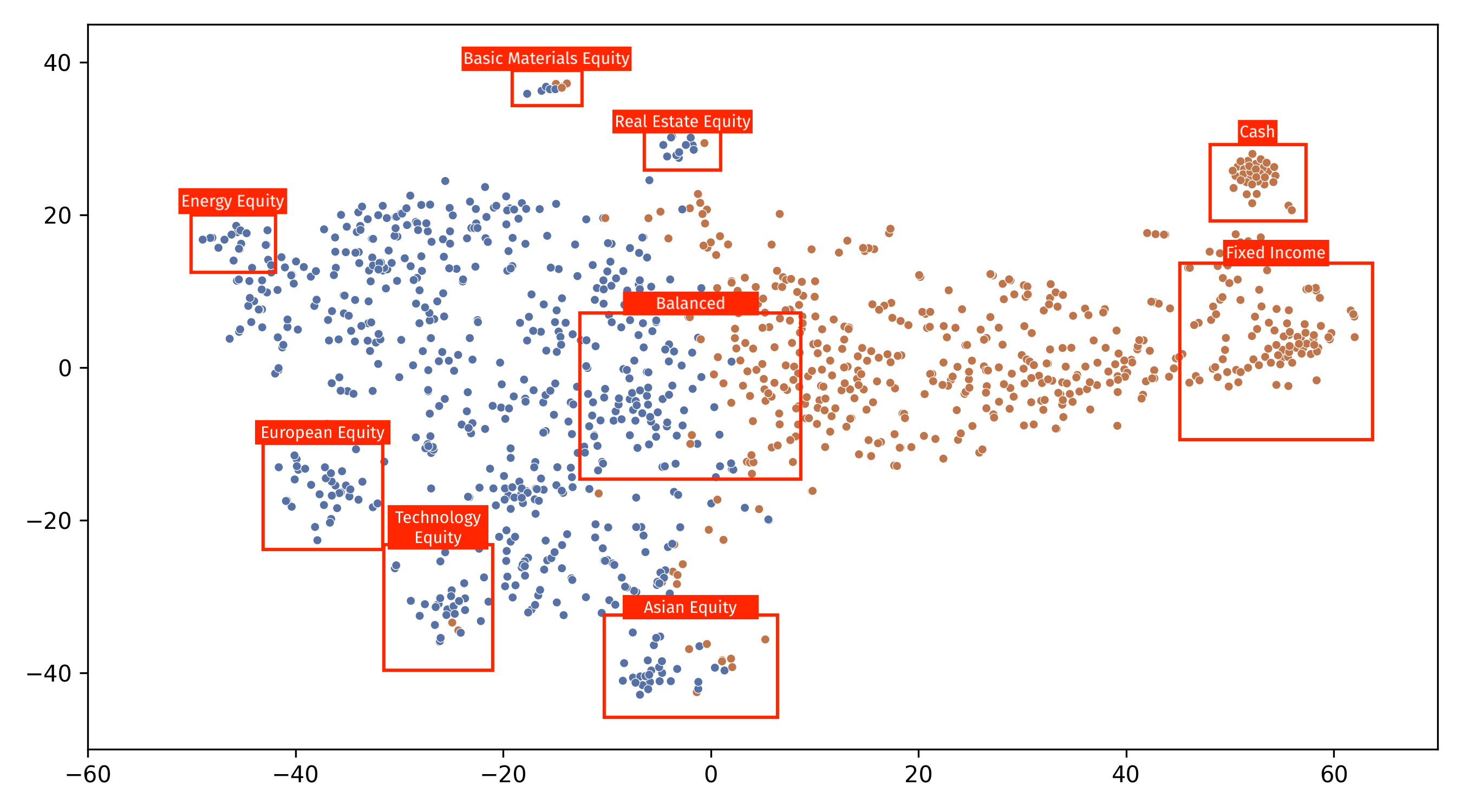| AGF1416 |
AGF Fixed Income Plus Class Series W |
(Canadian Fixed Income) |
(4/27/2016) |
The Fund's investment objective is to provide steady income to investors by investing primarily in fixed-income securities.
|
['Cash and Equivalents: 6.05%', 'Other: 1.38%', 'Canadian Corporate Bonds: 44.91%', 'Canadian Government Bonds: 28.57%', 'Foreign Corporate Bonds: 9.62%', 'Foreign Government Bonds: 9.47%']
|
['Financial Services: 0.23%', 'Fixed Income: 92.72%', 'Consumer Goods: 0.32%', 'Healthcare: 0.24%', 'Other: 0.44%', 'Cash and Cash Equivalent: 6.05%']
|
['Europe: 0.5%', 'Other: -0.05%', 'North America: 99.79%', 'Multi-National: -0.37%', 'Asia: 0.1%', 'Latin America: 0.03%']
|
